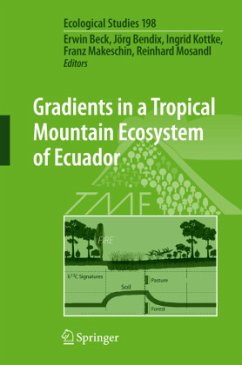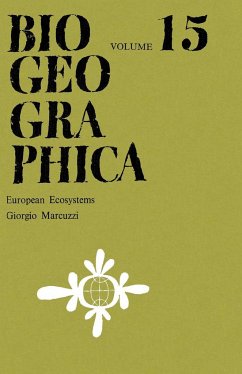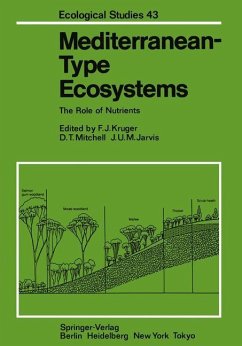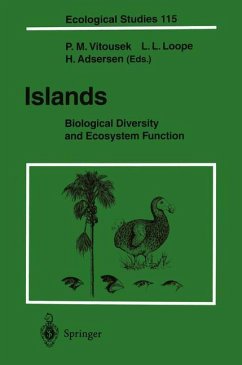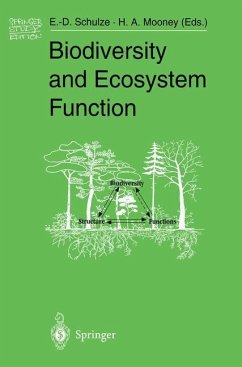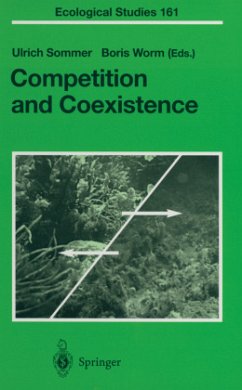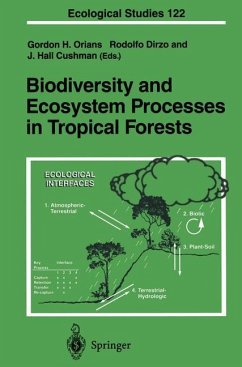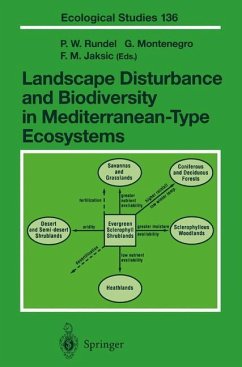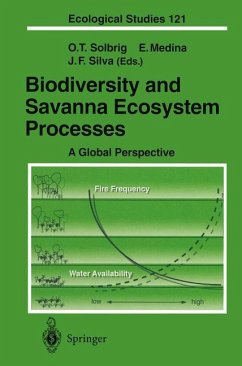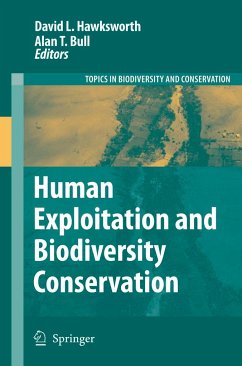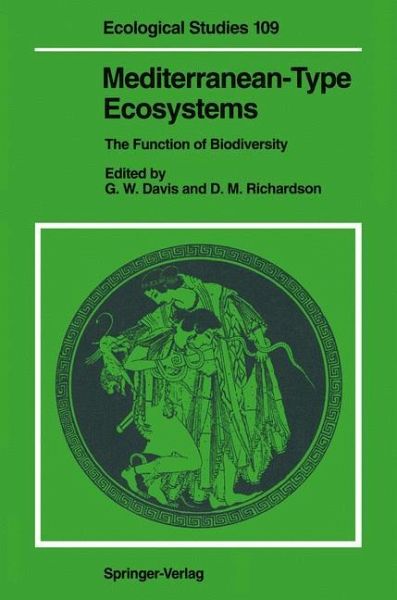
Mediterranean-Type Ecosystems
The Function of Biodiversity
Herausgegeben von Davis, George W.; Richardson, David M.
Versandkostenfrei!
Versandfertig in 6-10 Tagen
76,99 €
inkl. MwSt.

PAYBACK Punkte
38 °P sammeln!
Human activities are causing species extinctions at a rate and magnitude rivaling those of past geologic extinction events. Exploring mediterranean-type ecosystems - the Mediterranean Basin, California, Chile, Australia, and South Africa - this volume addresses the question whether biological diversity plays a significant role in the functioning of natural ecosystems, and to what extent that diversity can be reduced without causing system malfunction. Comparative studies in ecosystems that are similar in certain respects, but differ in others, offer considerable scope for gaining new insights ...
Human activities are causing species extinctions at a rate and magnitude rivaling those of past geologic extinction events.
Exploring mediterranean-type ecosystems - the Mediterranean Basin, California, Chile, Australia, and South Africa - this volume addresses the question whether biological diversity plays a significant role in the functioning of natural ecosystems, and to what extent that diversity can be reduced without causing system malfunction. Comparative studies in ecosystems that are similar in certain respects, but differ in others, offer considerable scope for gaining new insights into the links between biodiversity and ecosystem functioning.
Exploring mediterranean-type ecosystems - the Mediterranean Basin, California, Chile, Australia, and South Africa - this volume addresses the question whether biological diversity plays a significant role in the functioning of natural ecosystems, and to what extent that diversity can be reduced without causing system malfunction. Comparative studies in ecosystems that are similar in certain respects, but differ in others, offer considerable scope for gaining new insights into the links between biodiversity and ecosystem functioning.





